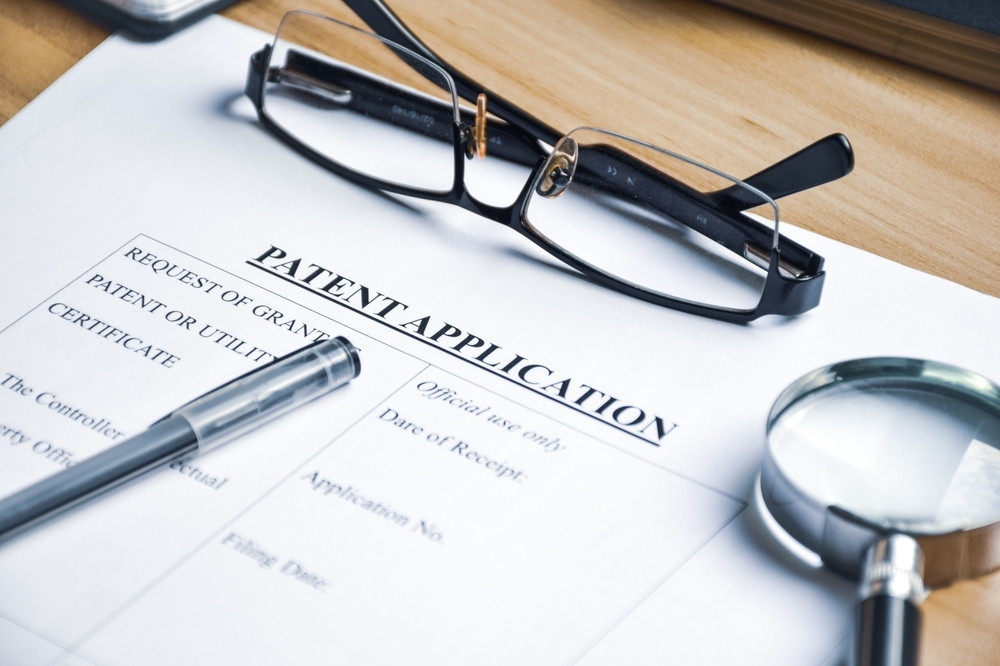Plasmonic light-emitting device could form basis of optical computing
![]()
In a new study, a team from Duke University's Pratt School of Engineering in the US has pushed semiconductor quantum dots (QDs) to emit light at more than 90GHz.
The ultrafast light-emitting plasmonic-based device is made of a 75nm silver cube and a thin sheet of gold, with 6nm CdSe/ZnS quantum dots sandwiched in between. Laser illumination generates plasmons on the cube's surface, which creates a strong electromagnetic field that triggers the QDs to produce directional, efficient emission of photons that can be turned on and off at more than 90GHz.
![]()
Such a device could one day be used in optical computing chips or for optical communication between traditional electronic microchips, according to the researchers. The study was published in the latest edition of Nature Communications.
"This is something that the scientific community has wanted to do for a long time," said Maiken Mikkelsen, an assistant professor of electrical and computer engineering and physics at Duke. "We can now start to think about making fast-switching devices based on this research, so there's a lot of excitement about this demonstration."
There is great interest in replacing lasers with LEDs for short-distance optical communication, but these ideas have always been limited by the slow emission rate of fluorescent materials, lack of efficiency and inability to direct the photons," said Gleb Akselrod, a postdoctoral research in Mikkelsen's laboratory. "Now we have made an important step towards solving these problems."
"The eventual goal is to integrate our technology into a device that can be excited either optically or electrically," said Thang Hoang, also a postdoctoral researcher in Mikkelsen's laboratory. "That's something that I think everyone, including funding agencies, is pushing pretty hard for."
The group is now working to use the plasmonic structure to create a single photon source - a necessity for extremely secure quantum communications - by sandwiching a single quantum dot in the gap between the silver nanocube and gold foil. They are also trying to precisely place and orient the quantum dots to create the fastest fluorescence rates possible.
Aside from its potential technological impacts, the research demonstrates that well-known materials need not be limited by their intrinsic properties.
"By tailoring the environment around a material, like we've done here with semiconductors, we can create new designer materials with almost any optical properties we desire," said Mikkelsen. "And that's an emerging area that's fascinating to think about."
'Ultrafast Spontaneous Emission Source Using Plasmonic Nanoantennas' by Thang B. Hoang et al. Nature Communications, July 27, 2015. DOI: 10.1038/ncomms8788


































